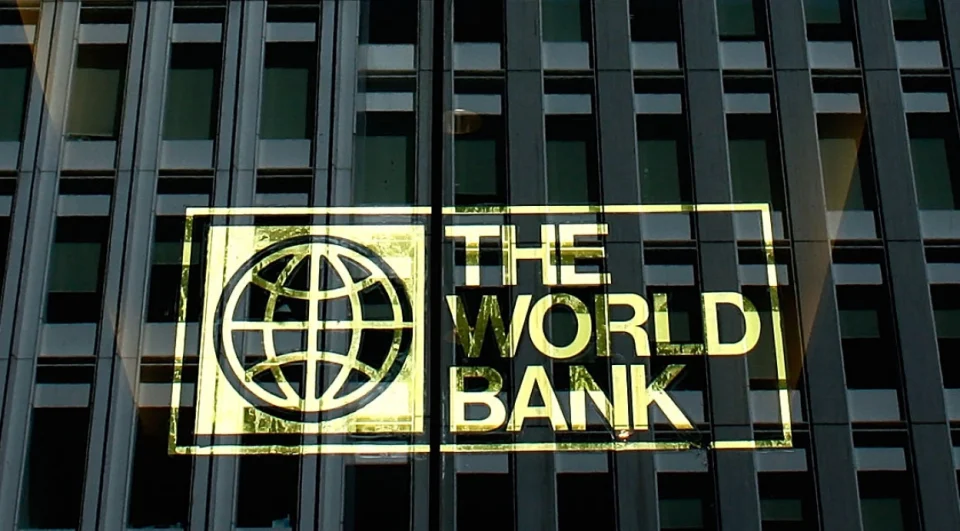According to the most recent India Development Update by the World Bank, India’s Trade Opportunities in a Changing Global Economy, India’s economy is continuing to expand robustly in spite of challenging global circumstances.
India must diversify its exports and exploit global value chains to realise its objective of achieving USD 1 trillion in merchandise exports by 2030. The India Development Update (IDU) notes that India maintained its status as the fastest-growing major economy, with a robust growth rate of 8.2% in FY 2023-24.
This growth was fueled by public investment in infrastructure and an upsurge in household real estate investments. On the supply side, the buoyant manufacturing sector expanded by 9.9%, and the resilient services sector compensated for the underperformance in agriculture.
Aligned with these trends, urban unemployment has gradually improved since the pandemic, particularly for female workers. The urban unemployment rate for females dropped to 8.5% in early FY 2024-25, while urban youth unemployment remained at 17%.
With a reduction in the current account deficit and substantial inflows of foreign portfolio investments, foreign exchange reserves hit a record high of USD 670.1 billion in early August, equivalent to more than 11 months of coverage (in FY2023-24 import terms).
The World Bank’s medium-term outlook for India remains positive despite challenging external conditions. The forecast indicates that growth is expected to reach 7% in FY2024-25 and remain robust in FY 2025-26 and FY 2026-27.
With robust revenue growth and continued fiscal consolidation, the debt-to-GDP ratio is expected to decrease from 83.9% in FY 2023-24 to 82% by FY 2026-27. The current account deficit will remain around 1%-1.6% of GDP up to FY 2026-27.
The IDU also underscores the crucial role of trade in stimulating growth. In recent years, the global trade environment has experienced a rise in protectionist measures. The restructuring of global value chains post-pandemic, triggered by the pandemic, has opened up opportunities for India.
The report highlights that India has enhanced its competitiveness through the National Logistics Policy and digital initiatives to reduce trade expenses. However, it also points out that tariff and non-tariff barriers have increased, potentially constraining opportunities for trade-focused investments.
Auguste Tano Kouame, the Country Director for India at the Bank, stated that India’s robust growth prospects and declining inflation will reduce extreme poverty. India has the potential to further drive its growth by capitalizing on its global trade opportunities.
Apart from excelling in IT, business services, and pharmaceuticals, India can diversify its range of exports by increasing its presence in the textile, apparel, and footwear sectors, as well as in electronics and green technology products.
The IDU suggests a three-pronged strategy to reach the USD 1 trillion merchandise export target: further reducing trade expenses, lowering trade barriers, and deepening trade integration.
Nora Dihel and Ran Li, Senior Economists and co-authors of the report, noted that India’s share of global apparel exports decreased from 4% in 2018 to 3% in 2022 due to rising production costs and declining production. India can achieve deeper integration into global value chains to generate more trade-related employment opportunities, foster innovation, and drive productivity growth.
Ready to invest like a pro? The Unicorn Signals app equips you with 100+ Free tools and knowledge you need to succeed. Download the Unicorn Signals app and gain access to daily stock lists, insightful market analysis and, much more!



